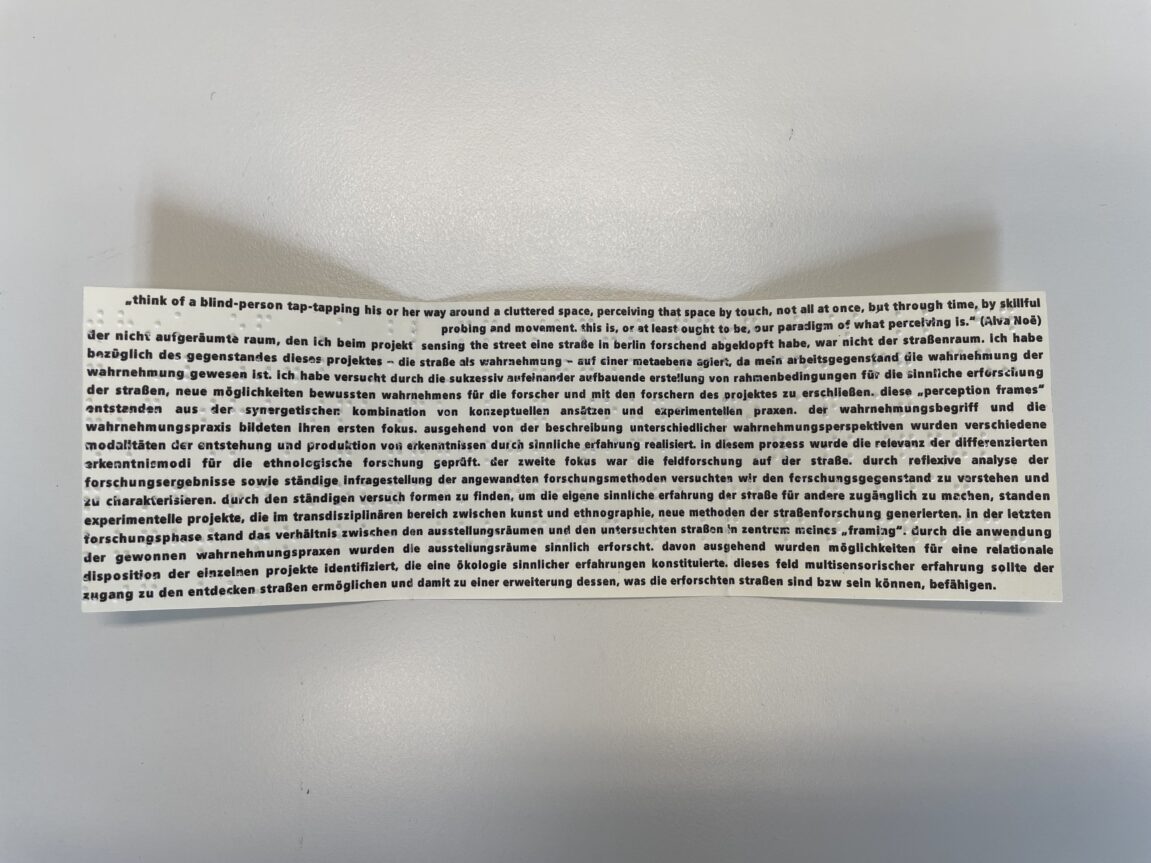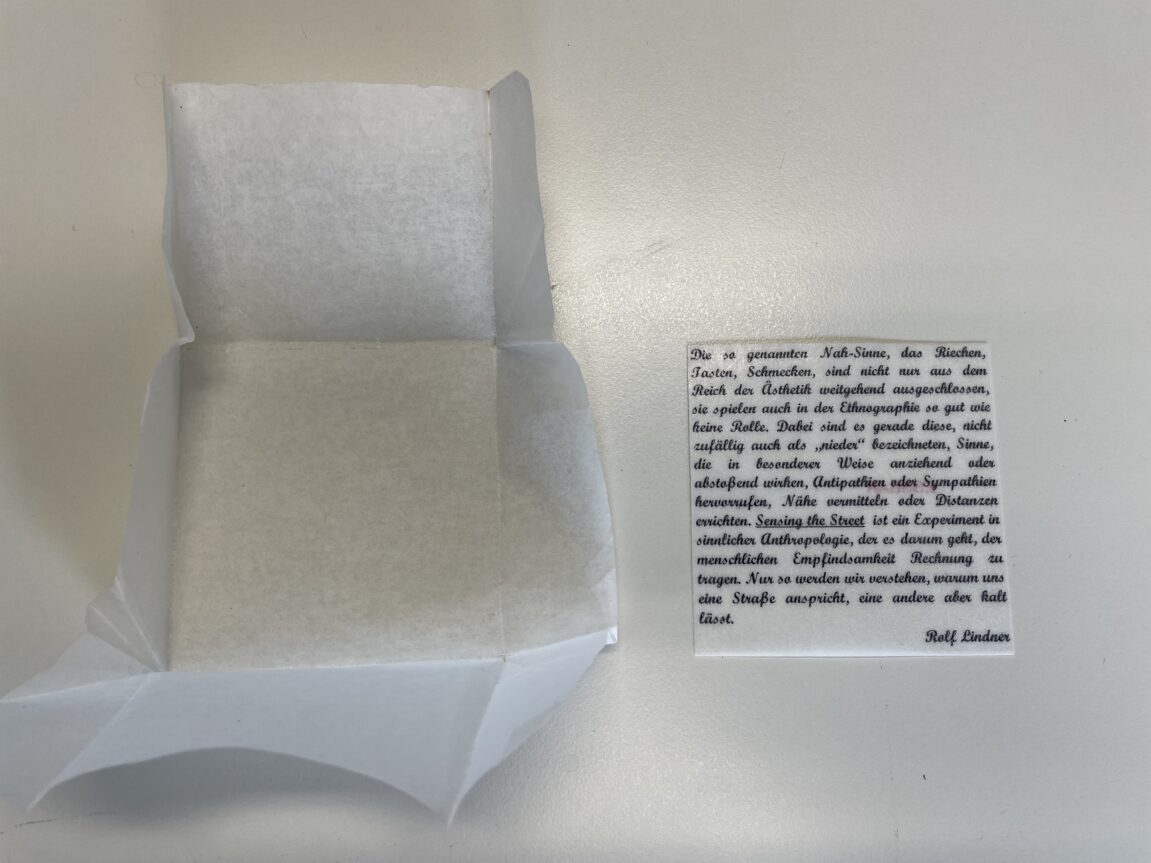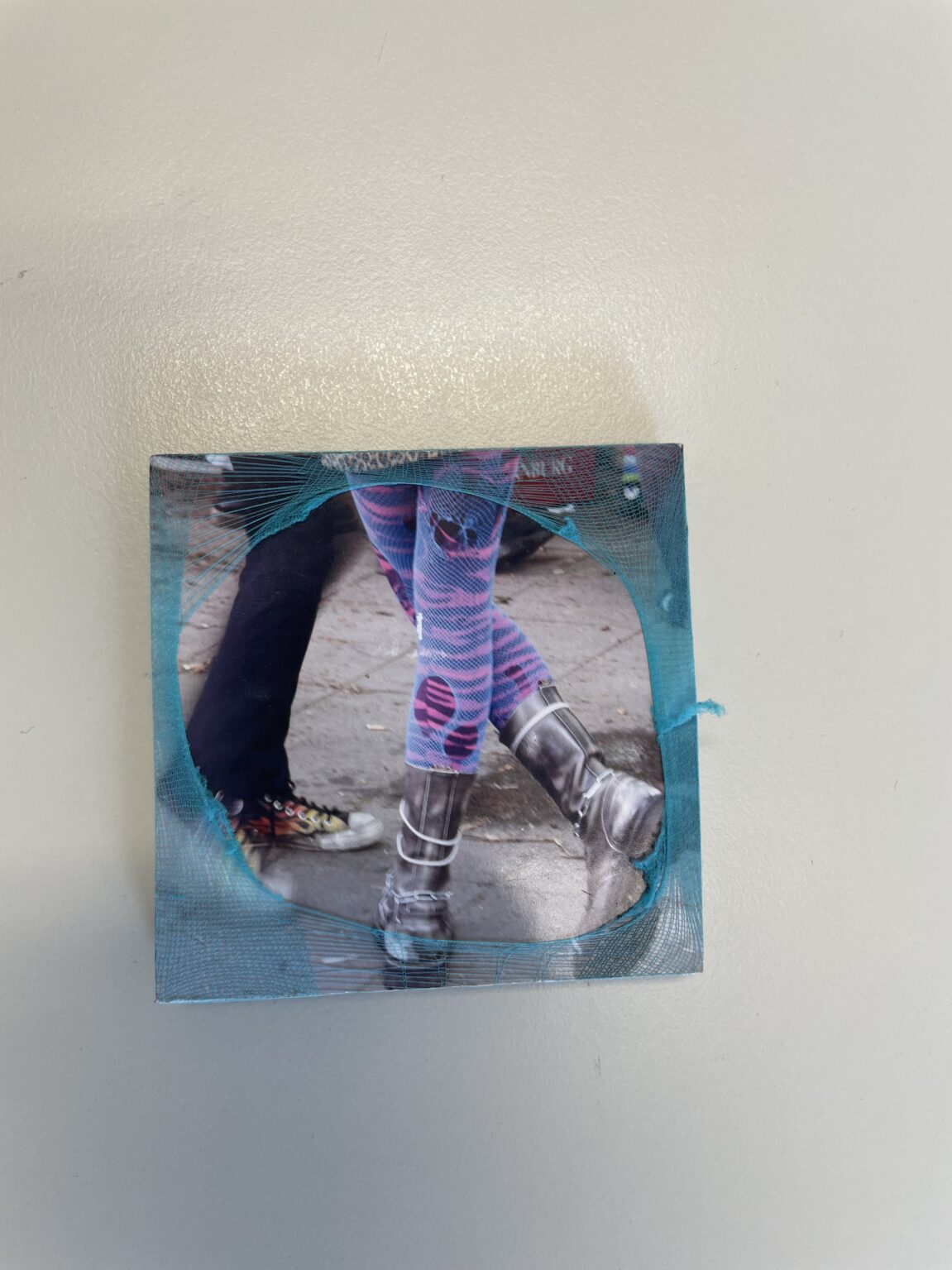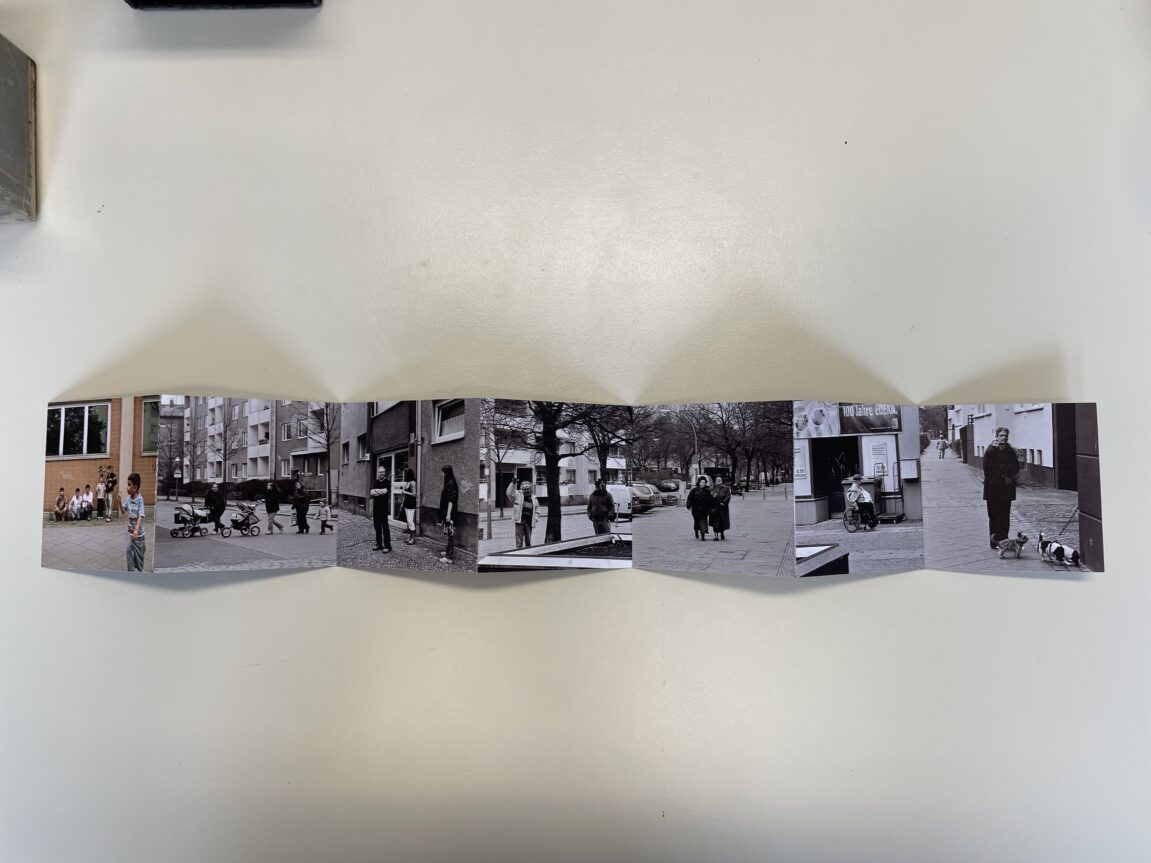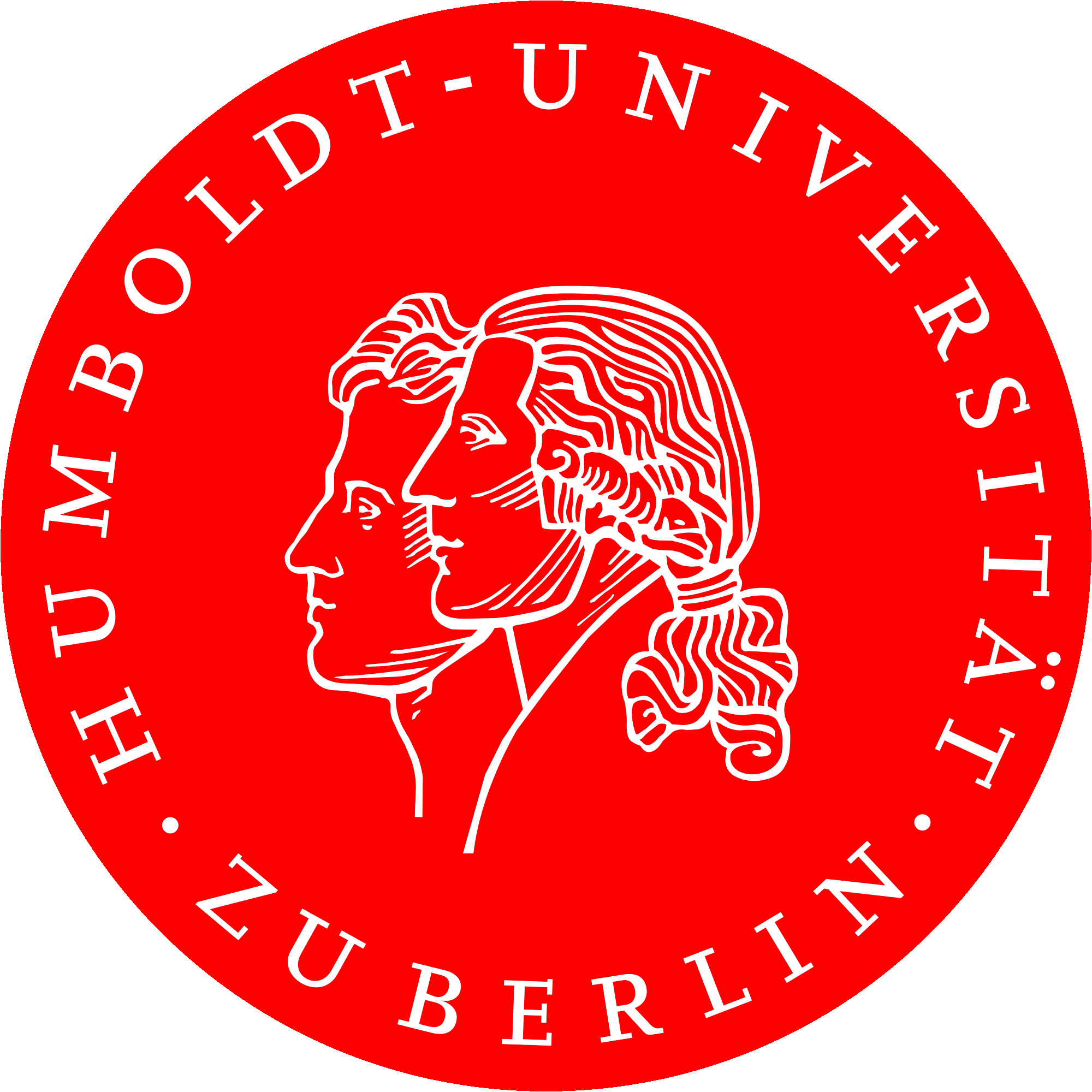One observation that we make repeatedly at the Stadtlabor is that anthropology has never been monomodal. It may be that the recent explosion of interest in multimodal, more-than-textual research would suggest otherwise, but this is likely the result of the marginalised position of multimodal anthropology within the discipline, as well as the doubling down on text that happened in the wake of the “writing culture” debate and crisis of representation in the 1980s. And so we are always on the lookout for examples of multimodal research that precede the current moment. It is thus with some delight that we were recently reminded of just such an example from within our own Institute for European Ethnology, going back nearly twenty years (thanks Victoria!).
The example was an experiment in collaborative urban research, combining anthropological and artistic practice. Back in 2006, Prof. Rolf Lindner led an MA-level research seminar at our institute entitled “Sensing the Street³,” in cooperation with colleagues and students from the Institute for Art and the Studio for Sound Art and Research at the University of the Arts (Berlin). Together they collectively researched three city streets in three Berlin neighborhoods, and produced an essay collection and three exhibits in museums that were located in the corresponding neighborhoods.
The limited edition essay collection was a multimodal publication with the title Sensing the Street³: Sinnliche Dokumentation einer ethnologisch-künstlerischen Stadtforschung (2008). The “multimodal” nature of the collection is immediately apparent from the pictures below, with thirteen “essays” being collected in a box wrapped with maps and covered with tar-based blacktop.

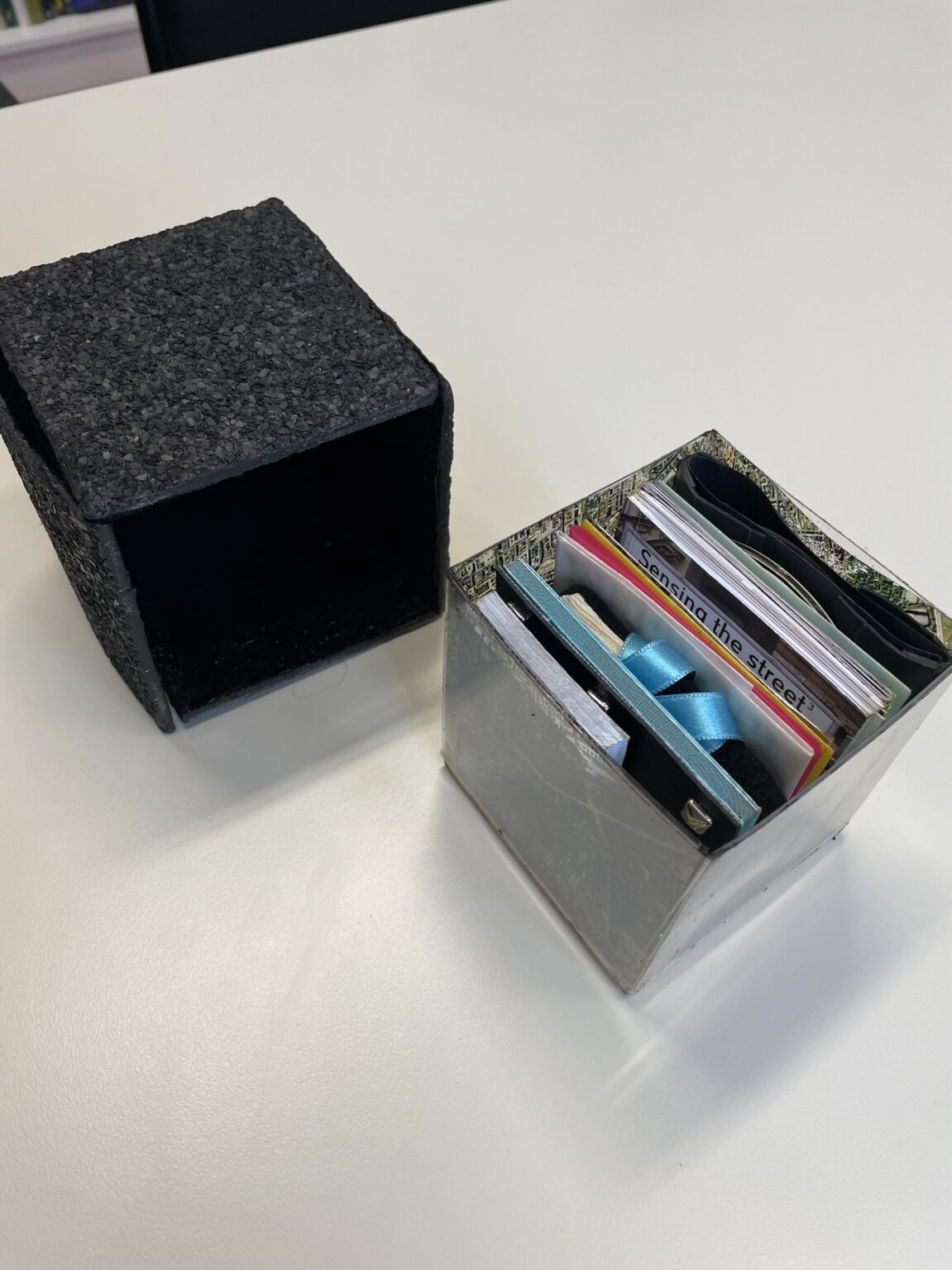

The collection contains diverse forms and sensory formats, combining text (including one rendered in braille), scents, edible paper, sound works, and images (from a flip book to an unfolding picture essay), as well as instruments for conducting your own sensory urban research, such as a guiding form to be filled out by the researcher, or a mask to foreground non-visual senses like smell.

Although the language of the collection is German, we believe that a visual documentation of the individual elements can offer inspiration for German and non-German speakers alike. Enjoy!




